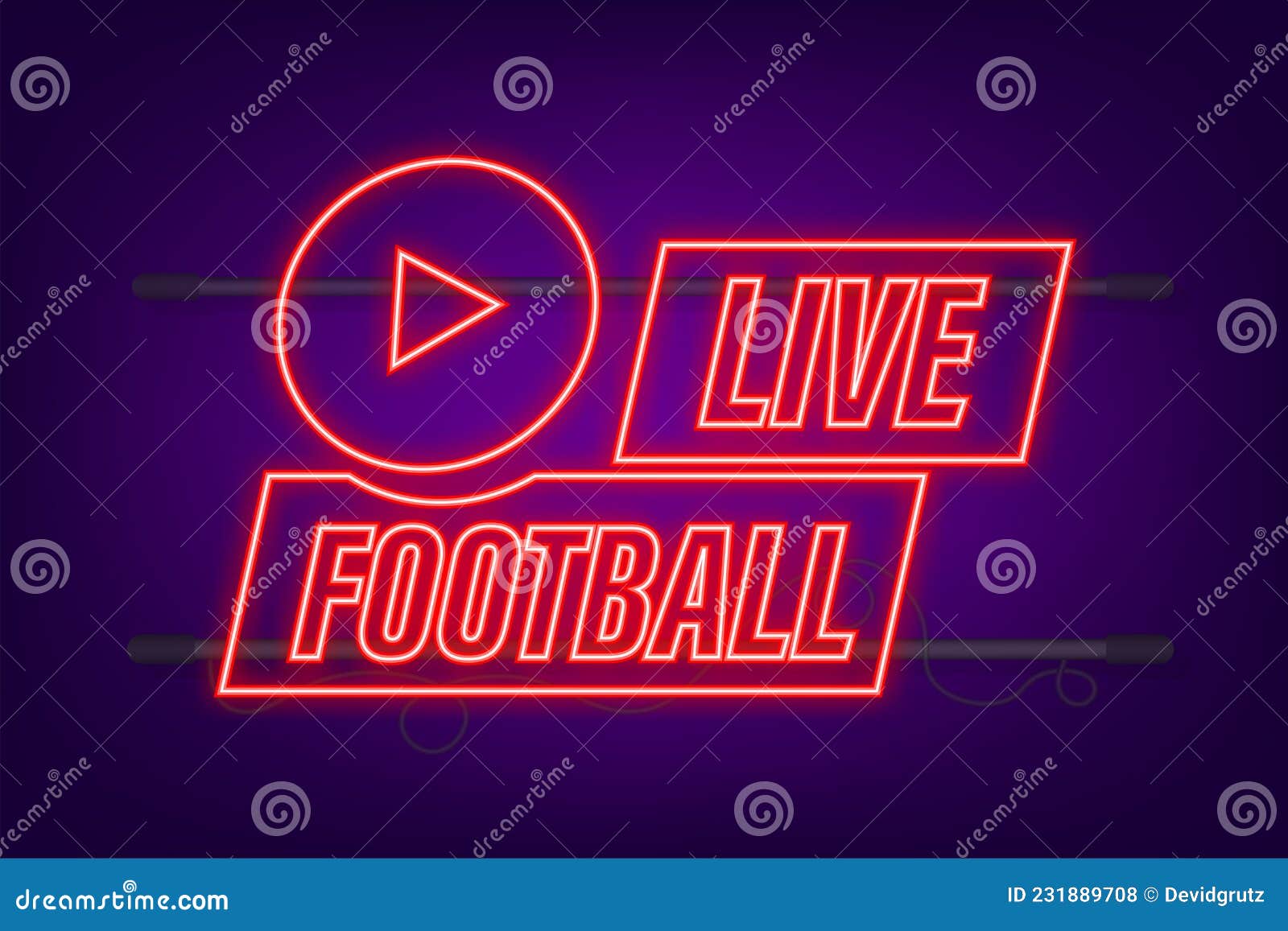The world of football has transcended geographical borders, captivating fans from the world. One of the major advancements enabling this connection is live soccer streaming, which has changed how fans enjoy their favorite matches. In an era where tech is integrated with normal routines, streams provide access to matches at the press of a button, bringing venues to living rooms and giving viewers a VIP seat to the action, no matter their location.
No longer are the days of relying solely on old-fashioned broadcasting techniques. With the rise of diverse streaming platforms, fans now have never-before-seen choices for streaming live events, from top-notch official channels to innovative digital platforms. This transition not only addresses the growing need for flexibility in viewing preferences but also opens up new opportunities for content distribution. As technology continues to evolve, so does the realm of football streaming, making it an thrilling topic for fans and tech aficionados alike.
How On-demand Broadcasting Works
Real-time football streaming involves several intricate methods that work together to deliver live footage to spectators around the globe. To begin with, Yalla Shoot capture the action on the field, transmitting the video feed to a broadcast team. This team makes crucial modifications, such as optimizing image quality and adding analysis, ensuring that the audience receives an captivating viewing experience.

Once the video feed is prepared, it is encoded into a streaming format that makes it appropriate for streaming over the internet. This process involves compressing the video data to reduce its size while preserving quality so that it can be delivered effectively. Various streaming standards, such as HLS and DASH, are then utilized to break the content into shorter segments, allowing for adaptive bitrate streaming. This means the quality of the stream can change based on the viewer’s internet connection, ensuring seamless playback.
In conclusion, the encoded stream is delivered through CDNs, which distribute the content across numerous servers worldwide. This distributed approach minimizes latency and buffering, providing viewers with near-instant access to live matches. By leveraging the strength of internet infrastructure, real-time football streaming can cater to countless of fans simultaneously, enabling them to cheer for their beloved teams from virtually anywhere.
Technology Behind Streaming Services
The tech that powers live soccer broadcasting is complicated and diverse. At the core, it depends on robust content delivery networks (CDNs) that enable for effective distribution of video signals over the web. These networks minimize latency and ensure that fans receive high-quality streams with minimal buffering. A CDN functions by spreading the content across multiple servers strategically located around the globe, bringing the broadcasting closer to the viewers and enhancing their experience.
Another crucial aspect is the encoding and compression of video feeds. Live broadcasts must be compressed to ensure they can be transmitted effectively without overwhelming users' internet connections. Sophisticated encoding technologies, such as H.264 and H.265, are frequently used to strike a balance between high-quality visuals with manageable file sizes. This is essential for serving a diverse audience, as users may be streaming on different devices with varied capacities and internet speeds.
Moreover, adaptive bitrate streaming is essential in live soccer streaming. This tech modifies the quality of the video in real-time based on the user’s current network conditions. If a user faces a slow internet connection, the stream quality automatically downgrades to prevent interruptions. This smooth transition helps maintain viewer engagement, allowing fans to watch their favorite matches without frustrating delays or interruptions.
Challenges in Real-Time Football Streaming
Real-Time football broadcasting faces numerous significant issues that can impact the audience’s experience. One primary issue is the variability in online connectivity and connection speed. Many fans around the world have varying levels of access to fast internet, which can result in lagging, disrupted streams, and low picture quality. This technological disparity can create discontent among fans, especially during key moments of a match.
Another notable challenge is the complicated landscape of transmission rights and regulations. Different regions often have exclusive contracts for football leagues, making it difficult for fans to access streams legally. This issue not only limits viewers’ options but also opens avenues for illegal broadcasting services that undermine the revenue model of legitimate broadcasters. Maneuvering through these legal waters is crucial for both broadcasters and fans who want to follow their favorite teams.
In conclusion, technological advancements in broadcasting solutions present their own set of challenges. While advancements such as 5G networks and advanced broadcasting protocols can enhance the experience, they also demand significant expenditure from providers. Additionally, ensuring that these tools are completely suitable with different devices and platforms introduces additional complexity. As the industry evolves, streaming services must continuously adapt to meet the shifting landscape and ensure viewer satisfaction.
